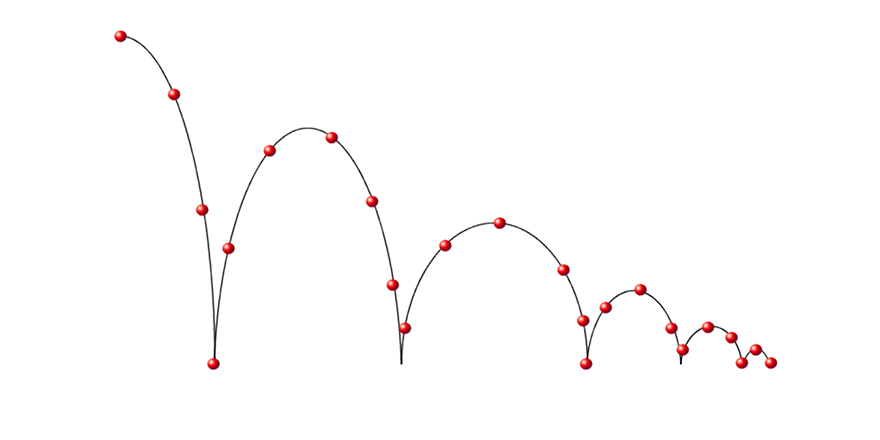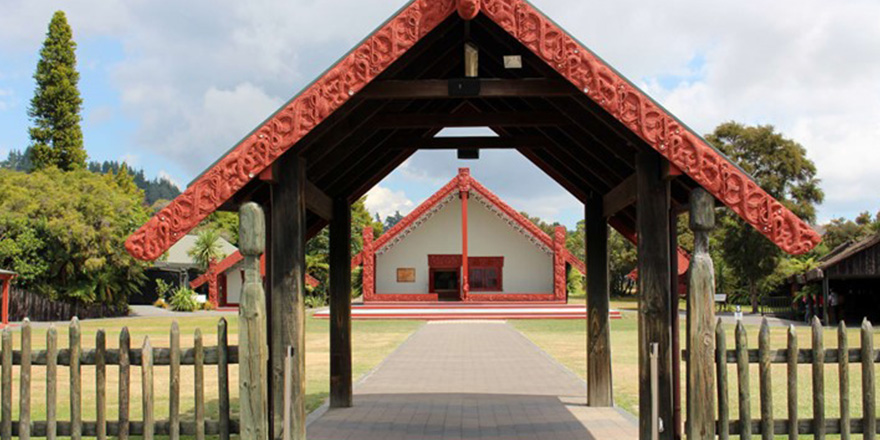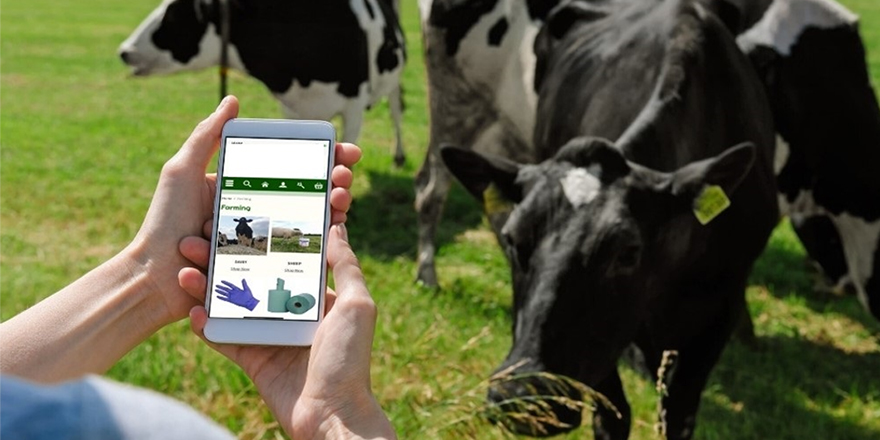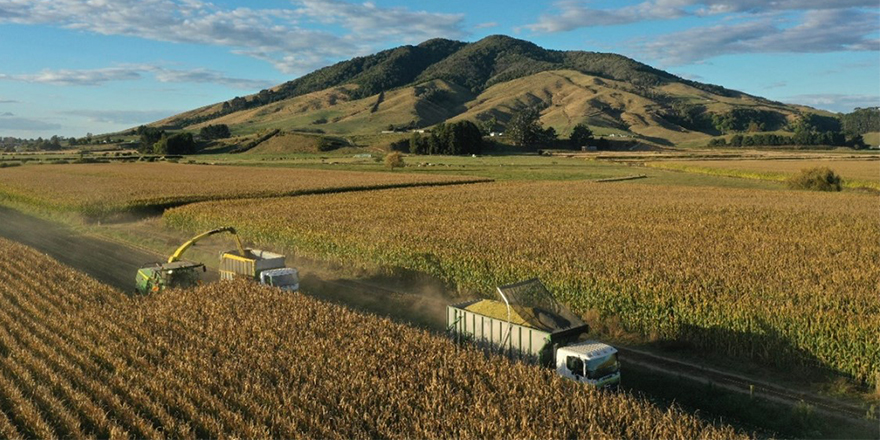Growing conditions in New Zealand have historically been recognised as being some of the best in the world for producing exceptional volumes of excellent quality apples. To remain financially sustainable New Zealand apple growers need to specifically focus on their natural strengths, ensuring that the production they achieve maximises the advantage of their location.
NZ apple growers have spent significant time and focus on cost reduction in orchards this may have been detrimental to overall profitability. The NZ apple industry does not have the same access to cheap finance as many of its international competitors such as the USA. New production techniques generally come with significant costs, areas of new production have a relatively long lag time from initial investment to final repayment. New growing systems also have financial risk, with the potential cost of mistakes made during the learning and development process.
Increases in the overall production of market acceptable apples can be achieved by ensuring all trees are working individually at an optimum level with minimal variation between them. This has potential for gains in cost reduction, resource use efficiency, minimisation of fruit quality variability and improvement in overall profitability.
To ensure tree to tree variability is minimised systems need to be created to efficiently measure key differences between trees. Similar populations of trees are grouped and then analysed to quantify each groups impact on overall block performance, in an easily understood format.
Beyond the scope of this project, tree to tree variability information can be used to assist with investigations into potential solutions and financially justifying the cost of variation mitigation.
This study was undertaken in a commercial Royal Gala apple or chard with 6159 – 10 year old trees planted on M9 rootstock. The assessment focuses on 1887 trees within this block. The use of trunk diameter measuring was decided as the basis for ranking variability. Fruit size and total fruit number per tree was assessed in a small trial. 5 different trunk size groups were eventually formed and the profitability of these assessed using a computer based profitability benchmarking model.
- The missing new trees returned a negative profit of – $19,755 per ha.
- Weak/small trees returned a profit of $ 8,516 per ha.
- The average size trees returned a profit of $14,435 per ha (approximately the same as the overall block profitability).
- The largest of the average trees returned a profit of $21,344 per ha.
- The excessively large / scion rooted trees returned a profit of $5,435 per ha.
Jonathan Brookes, Brooks



